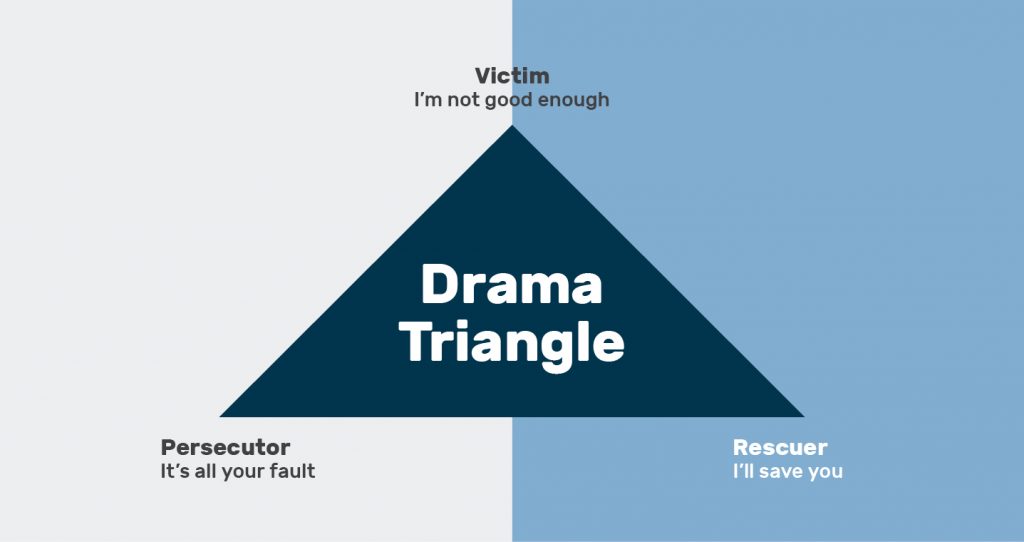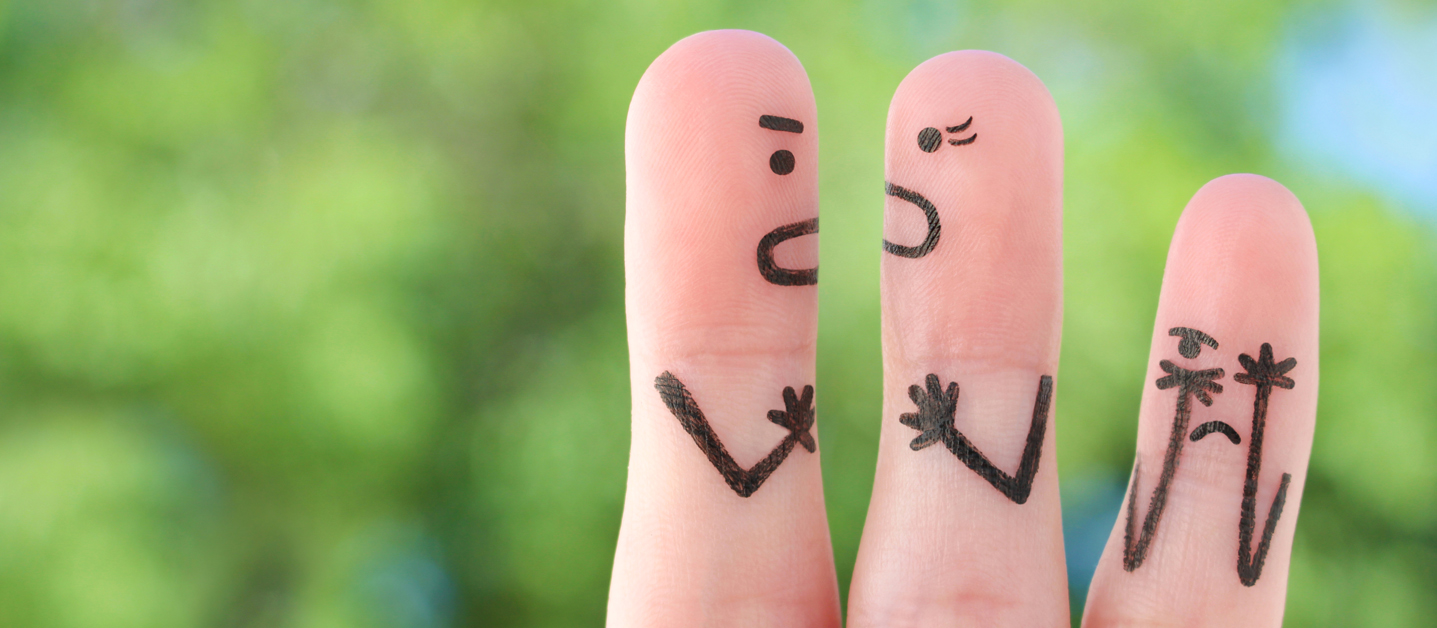If you are going to read any of my blogs, this is the one to read. The Drama Triangle is by far the single idea or concept that has influenced my self-awareness and professional work the most. I have since made it my mission to stay out of The Drama Triangle as much as possible and to help others do the same. Many of the posts that will follow this will explore how we step out of the triangle. However, before we do this, we need to be able to recognise when we are in it.
The Drama Triangle developed by Stephen B. Karpman outlines the roles and unhealthy behavioural patterns we can step into in our relationships when we are experiencing conflict or drama. We all have a version of each of these roles but tend to have one we spend more time in than the others.

Let’s start with the Victim: The victim is the part of us that doesn’t feel good enough. The feeling of not being good enough includes guilt, shame, humiliation, failure, disappointment, rejection, jealousy and all of those other heavy emotions we try to avoid. When we sit in the victim role we feel disempowered, worthless and unable to help ourselves. Lacking energy and motivation to activate change we wait for a rescuer to come and save us from our misery.
Cue the Rescuer: Fueled by our own experience in the victim role, we have a part of us that wants to save others from this undesirable place. We can also step into the role of rescuer to diminish the feelings of worthlessness we feel when the victim. We want to feel valued and fixing someone else’s problems seems like a good way to achieve this. Sounds like a win/win situation doesn’t it? Unfortunately not, the rescuer has the habit of throwing solutions at a problem and telling others what to do. This tends to have a disempowering effect on the victim. Feelings of not being heard and understood can then bring out the persecutor in both parties.
Here comes the bad guy: The persecutor is the part of us that blames others for how we feel. We do this by adopting aggressive (including passive-aggressive) behaviours to communicate our anger or frustration towards them. This is another strategy the victim uses to escape the feeling of not being good enough. It’s not me, it’s you. This temporarily places the problem outside of us. While it can be a relief to put the onus on someone else to change, it also places it outside of our control. When we lack control we feel helpless. There is also often a residue of guilt attached to an act of persecution. And just like that our victim or rescuer roles are activated once more and we chase each other around, switching roles in this dynamic indefinitely.
At this point, after I have explained the Drama Triangle to clients, they all say the same thing – how do I get out of this thing? To which I answer – your first task is to get to know your version of these roles. What triggers each of them? How does each role show up in your body? What thoughts does each of these roles have? What are their behaviours? Are some roles more prominent in some relationships than others? What is your default role?
If you are eager to find out more, firstly make sure you are subscribed to this blog for future posts. There is also a book called The Power of TED by David Emerald. This book presents the theory as a story, which makes it easy to read (but, I’ll admit it’s a touch on the cheesy side).
If reading or waiting isn’t for you, book an appointment now and we can explore together how the Drama Triangle plays out in your relationships (and how to get out).

